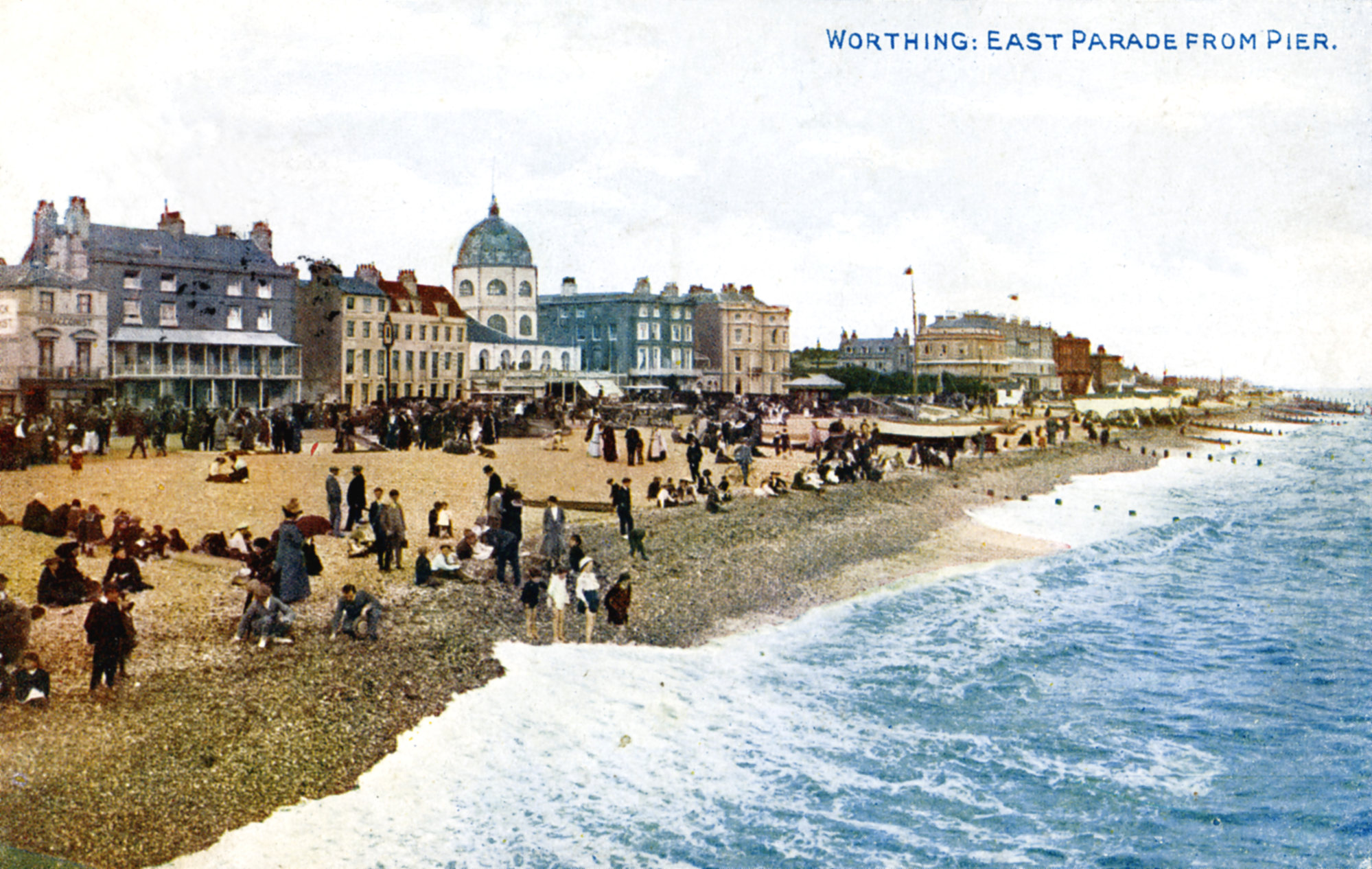
It may be cold and past its prime, but the English seaside still has a special place in my heart – even as a returnee from Hong Kong
- The English coast’s glory days were during the 19th and early 20th century, and many coastal towns developed to cater to the new visitors
- Cheap overseas travel and the UK’s weather drove the tourists away in the 1960s, and the seaside towns are now faded, deprived, but still lovable
I do like to be beside the seaside, as the old music hall song goes. One of the delights of living in Hong Kong was to be so close to the sea. It was a constant presence.
A day out, soon after arriving in 1994, involved sitting on a “doughnut” pulled by a speedboat and being taken for a thrilling ride off Sai Kung.
Life in Hong Kong often involves a boat trip. The Star Ferry was one of my favourites. Commuting by ferry from Discovery Bay was much more enjoyable than using London transport. And the sea views were spectacular.
This is why I was determined to live close to the coast on returning to England last year. I ended up 16km from the pretty little seaside town of Rye, on the south coast. I take at least one trip to see the sea every week.

The seaside has a special place in the hearts of British people. But many of the once-treasured resorts have fallen on hard times.
Coastal resorts began to develop in England as early as the 17th century and grew in popularity with the advent of the railway. People began to flock to seaside towns for day trips and holidays. The coast was transformed from a place to be feared for its invaders, smugglers and storms, into one of recreation. Promenades and piers emerged, as did fun fairs and donkey rides.

I have fond childhood memories of braving the waves and making sandcastles while enjoying ice cream, candyfloss and fish and chips. But this wasn’t the Costa del Sol. The weather was usually miserable and the beach often shingle rather than sand.
Sadly, British seaside towns have been in decline since their peak in the 1950s and 60s. When cheap air travel arrived, holidaymakers opted for more exotic – warmer – locations. Now, the once grand resorts tend to be run-down and shabby. Many suffer high levels of deprivation. The day trippers still flock to the seaside on sunny weekends and public holidays, but they don’t stay. Nor do they spend much. Jobs are not easy to find and drug abuse, debt and depression are widespread. They deserve better.
But I love the faded grandeur of these seaside towns and have enjoyed my trips to Hastings, Eastbourne and Brighton. For me, the excitement of being close to the sea, whether in Mui Wo or Margate, has not diminished. Long may we continue to be beside the seaside and, hopefully, “beside ourselves with glee”.

